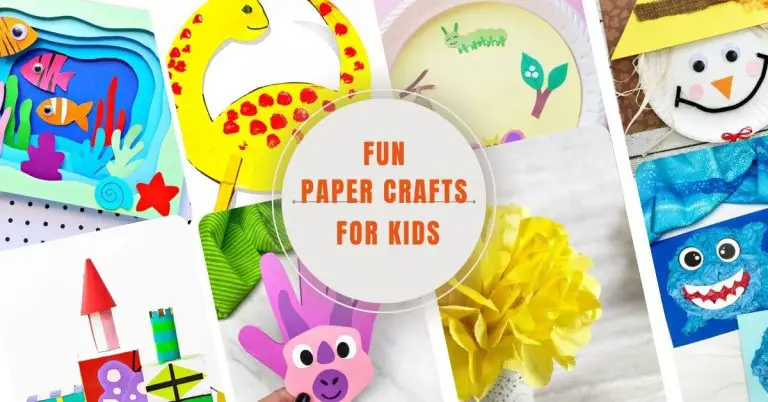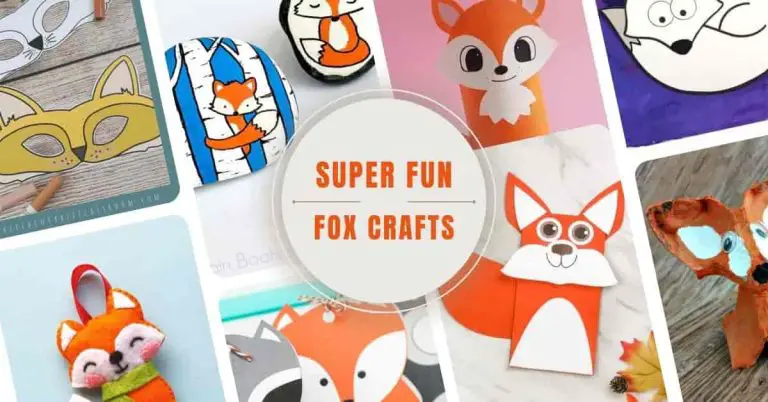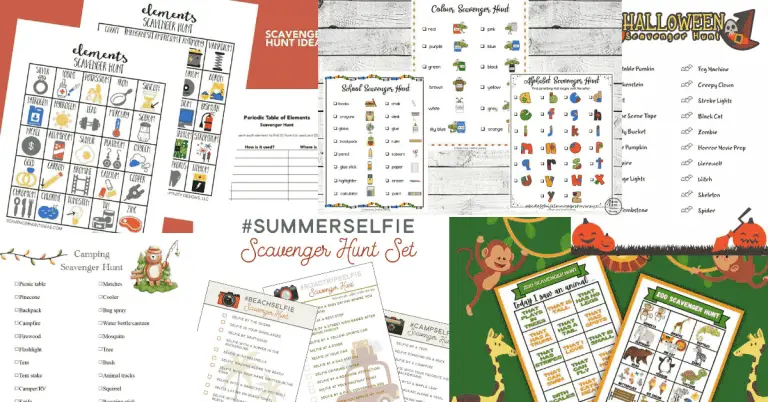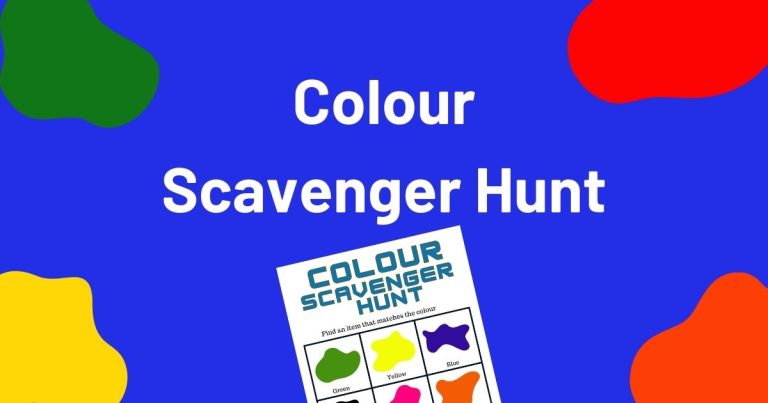Homeschool Science Experiments, Quick and Easy
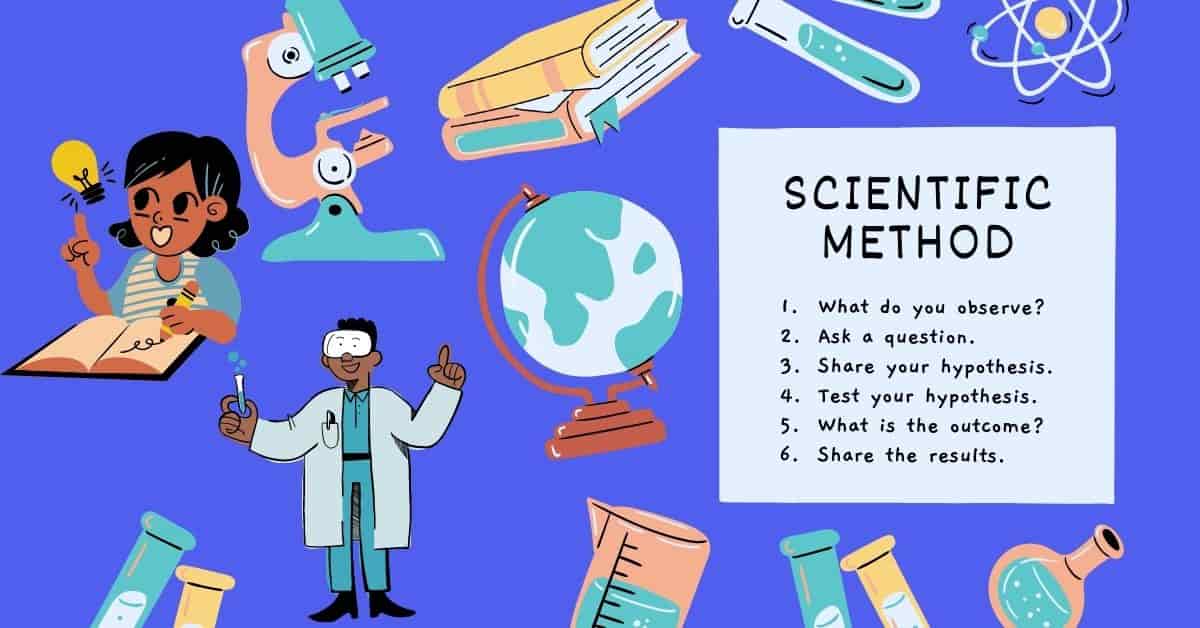
I know as a busy homeschooling parent sometimes you really want to do science experiments with your kids but need something quick and easy to do. If you have kids anything like my son then they probably love to do science experiments, in fact I think he would spend most of his time doing experiments.
Cool Science Experiments with Household Items
All these experiments are not only quick to set up and easy to do but the best thing about all these experiments for parents is that you can do them all with items right in your home. Even though these experiments are quick and easy to set up they will still keep your kids entertained and learning.
Quick and Easy Homeschool Science Experiments
These cool science experiments for kids are super easy and a lot of fun for kids of all ages. Who knows, mum and dad may end up learning a new thing or two, too.
Salt and Pepper Experiment
Place some pepper and coarse salt onto a flat surface. Now blow up a balloon and rub it on your hair. Place the balloon over the pepper and salt mixture and look at what happens. The pepper separates out and sticks to the balloon. Do you know why?
The Science Behind The Experiment
Rubbing the balloon on your hair creates static electricity which attracts the particles of the pepper and coarse salt. The pepper is lighter than the heavier coarse salt which means that the pepper sticks to the balloon.
Breaking Surface Tension
Half fill a small bowl with water and then sprinkle with a thin layer of ground pepper on the surface. Dip a cocktail stick (or your finger) in washing-up liquid and then touch the middle of the water with the stick (or finger).
As the washing-up liquid touches the water, watch the grains of pepper. What happens to them?
Half fill another small bowl with milk. Then add two or three drops of food dye in different places. Dip a cocktail stick in washing-up liquid and touch the milk with it. What happens to the dyes as you do this?
The Science Behind The Experiment
Washing-up liquid reduces the surface tension and this allows the particles of water at the surface to spread out more, starting where the washing-up liquid was added. As they spread out, they push the pepper specks to the side. They also push the food dyes, so that they spread out and merge together, creating patterns.
Invisible Ink
Pour a tablespoon of lemon juice onto a small plate. Dip your finger or a paintbrush in the juice and draw a picture on thin paper. Leave the paper to dry. Your picture will be invisible but if you rub the side off a wax crayon over the paper the picture will appear.
The Science Behind The Experiment
Lemon Juice is an acid. The acid breaks down particles in the paper and weakens it, changing the surface of the paper. You cannot see the change until you rub a crayon over it and then the lemon juice parts stand out as darker than the rest.
Smell Eater
Cut two small pieces from a thick kitchen paper towel and soak the pieces in milk and then leave them to dry. How do they smell when they are dry?
Rub about a teaspoon of bicarbonate of soda into both sides of one of the dry pieces. Now smell both pieces again. How do they compare?
The Science Behind The Experiment
The piece of paper towel without bicarbonate of soda rubbed into it smells sour but the other piece hardly smells at all. This is because bicarbonate of soda is an alkali. Alkalis are often used in cleaning products and are able to cancel out or neutralise bad smells.
Making Water Grow
Fill a small plastic cup right to the top with water. Carefully stand it upright in the freezer, trying not to spill any water. Leave the cup in the freezer overnight. Take it out when it has completely frozen. What has happened to the level of the water?
The Science Behind The Experiment
Ice takes up more room than water which means that as the water freezes it expands and takes up more space. This means that there is no room left in the cup, so it pushes up and freezes outside the cup. When the ice melts again, the water will go back to its original size.
Remember
Sometimes the science experiments won’t work according to plan. That’s okay, all scientists have experiments that do not work as expected. Did you know that antibiotics were first discovered when a science experiment went wrong?
Want More?
Looking for more science experiments for your kids? Be sure to check these out:

